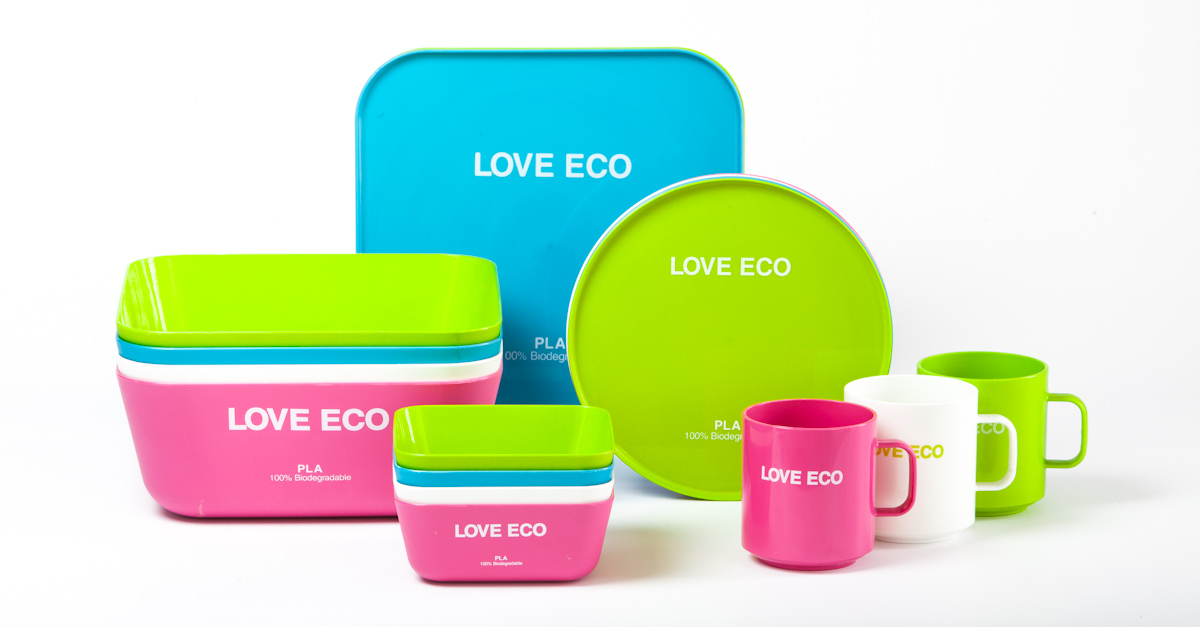It has been quite a while since the blog had an update about NatureWorks’ plans for its polylactic acid (PLA) expansion in Thailand ever since PTT Global Chemical announced the completion of its 50% stake acquisition of NatureWorks in June last year which was worth $150m.
Actually, NatureWorks still did not formally announce on its recent press release about the current status of the planned 300m lb/year PLA plant that supposedly should start operating in late 2015. Instead, the company says it has selected Bangkok as its first Asia Pacific regional headquarter, and that it has expanded its team to enhance support of Ingeo customers throughout the region.
“In many parts of Asia, most notably China, Korea, Japan and Taiwan, as in North America and Europe, Ingeo is already helping brand owners lower the carbon footprint of their plastic and fiber products, while giving these same companies significantly improved material price stability,” said Marc Verbruggen, president and CEO, NatureWorks. “The opening of our first Asian headquarters is an important move as we add support for current customers and introduce Ingeo to many more.”
But according to a Reuters report, Viboon Pungprasert, the new general manager at NatureWorks Asia Pacific Ltd, confirmed to reporters that PTTGC still plan to invest $807m to build a “green plastic” plant preferably in Thailand given its location and raw materials. The company will decide later this year about the location of NatureWorks’ planned second PLA facility.
NatureWorks is currently expanding its PLA Ingeo biopolymer capacity in Blair, Nebraska, by 7% to 150,000 tonnes/year, by installing proprietary production equipment developed by engineering firm Sulzer Chemtech. Commissioning of the installed equipments is originally expected in the first quarter of 2013.
NatureWorks is currently the biggest global producer of PLA. In the blog’s past post about PLA, a report from the Nova-Institute estimated annual PLA bioplastic production capacity as of 2011 at 300,000 tonnes/year. Other producers have a current capacity ranging between 1,500 and 10,000 tonnes/year.
My previous post also has a link of a map of planned and existing PLA capacity worldwide (updated September 2012).
Speaking of which, lactic acid producer Purac just sent the blog some interesting updates about their PURALACT lactides and some of the plastic products that have been successfully launched by their partners using PURALACT.
FKuR announced that it has launched two bioplastic products under the tradename BIO-FLEX, which are based on PURALACT lactides made from GMO-free feedstocks. BIO-FLEX F6513 is said to be ideally suited for injection molding while BIO-FLEX F6611 has been developed for thermoforming.
Both bioplastics reportedly can achieve temperature resistance up to 130 degree Celsius. The products are said to have a pearlescent gloss, pleasant to the touch and are biodegradable.
Purac said its partners have also successfully launched a range of PLA serviceware based on PURALACT lactides in Asia. The serviceware is being produced by New Sunrise Plastics Co. and is retailed at Giant Hypermarket in Singapore.
The serviceware (love their colors!) are said to be dishwasher safe, microwave safe, food-contact approved in the US and Europe, and are biodegradable.
FOLLOW ME ON THESE SPACE
Discussion
Comments are closed.